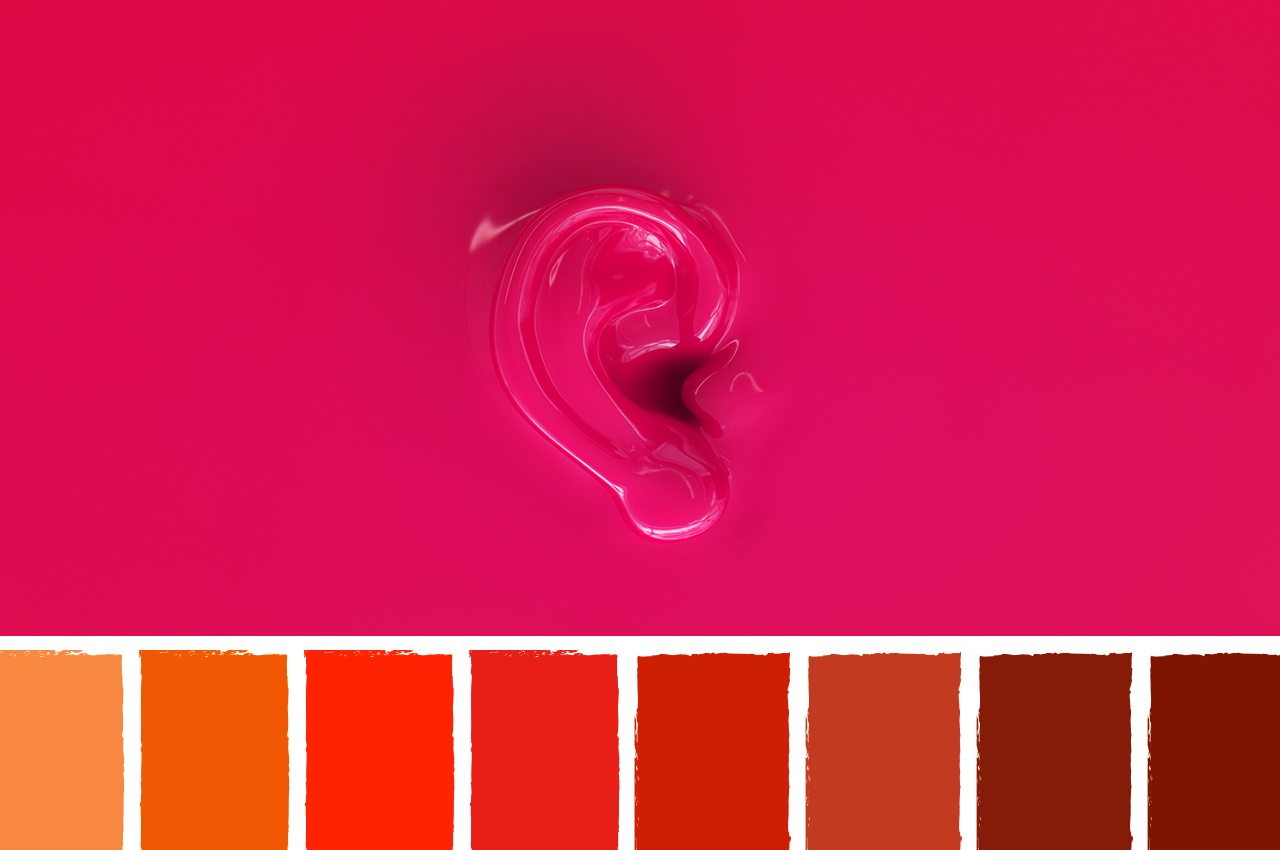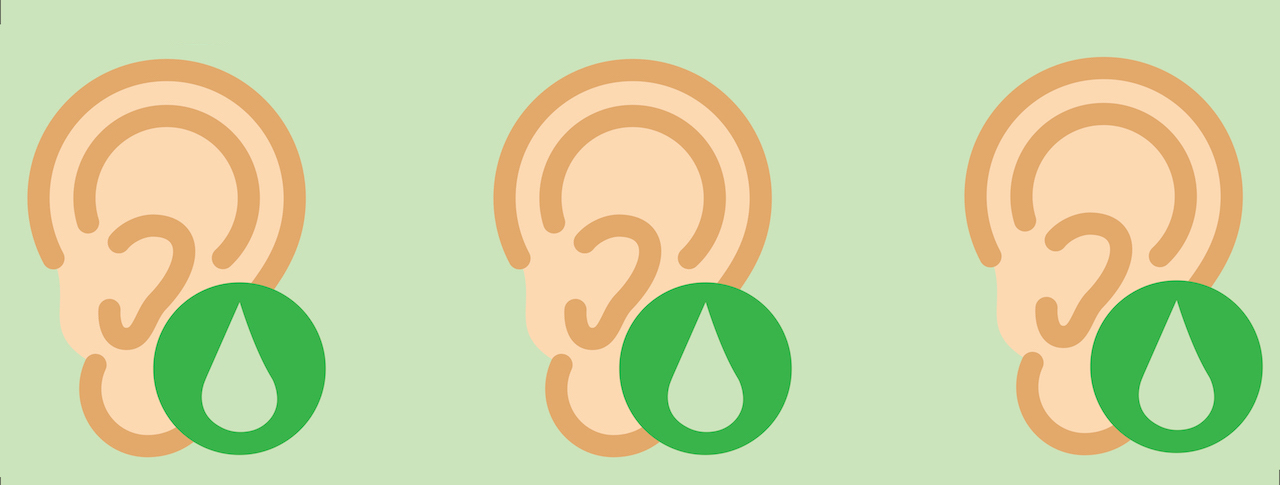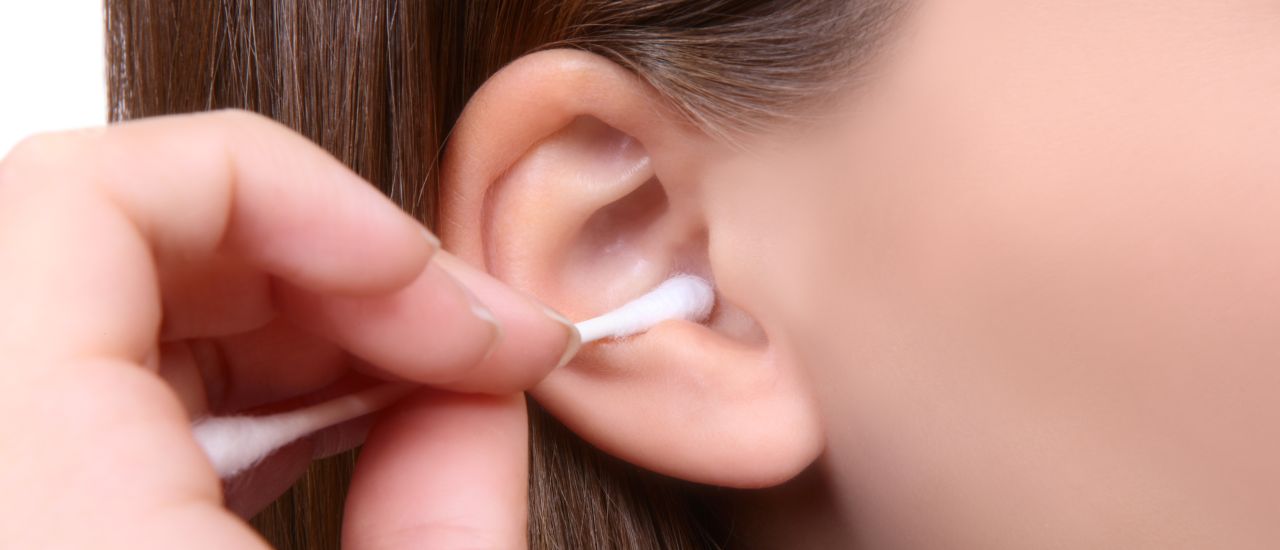Earwax (cerumen) is an oily, waxy substance that’s naturally made by glands in the outer ear canal to protect your ears. It’s a mixture of oil, sweat, dirt and dead skin cells.
The sticky wax stops dust, germs and foreign objects from entering your ear canal, as well as moisturising it and protecting it. The wax also has antibacterial and antifungal properties.
Because it’s sticky, earwax collects tiny remains which find its way into your ear canal, much like flypaper traps insects, explains the Healthy Hearing team. “Without this defensive barrier, your inner ear would be at risk.”
Sometimes the ears make more wax than it needs, which can lead to a build-up of earwax. Other times, you might notice that the colour has changed from yellow to dark brown, green, red or even black. Not sure when to be alarmed?
The colour: normal vs. abnormal
Earwax is light in colour. Interestingly, genes control the intensity of the colour and whether your earwax is sticky and yellow, or flaky and white. Anything from white to dark yellow and even brown to black is normal. Very dark wax could just mean that a lot of dirt has been trapped in your earwax.
But you should get your ears checked out if your earwax colour is:
- Green: This could be a sign of an ear infection, which would need treatment with antibiotics.
- Grey: This could point to a fungal infection. A visit to your doctor and antifungal ointment should resolve the problem.
- Red: If you notice blood, it could mean that the inside of your ear has a scratch. But it could also signal a serious infection or even a burst eardrum. Don’t risk it – see your doctor as soon as possible.
When to visit a doctor
The colour of your earwax is only one of the signs that could point to a problem within your ears. Other signs to watch out for, and which would warrant a visit to your doctor, include:
- An ear that feels full.
- Drainage from the ear.
- A build-up of earwax that interferes with your hearing or causes pain or discomfort.
- A change in the colour of your earwax that’s accompanied by pain, discomfort and/or fever.
If there’s a build-up of wax, don’t be tempted to remove it yourself. You could damage your ear canal and your hearing. And a note on those earbuds: best to steer clear of them as they tend to do more harm than good!
References:
- https://my.clevelandclinic.org/health/diseases/14428-ear-wax-buildup–blockage
- https://medlineplus.gov/ency/article/000979.htm
- https://consumer.healthday.com/hearing-information-19/hearing-disorder-news-351/health-tip-what-s-ear-wax-738786.html
- https://kidshealth.org/Nemours/en/parents/earwax.html
- https://www.healthyhorns.utexas.edu/HT/HT_earwax.html
- https://www.sciencenews.org/blog/gory-details/what-your-earwax-says-about-your-ancestry
- https://www.wellandgood.com/good-advice/ear-wax-color-consistency-normal-health/
- https://health.clevelandclinic.org/concerned-about-earwax-new-guidelines-say-dont-over-clean-your-ears/
- https://www.healthyhearing.com/report/52679-What-you-need-to-know-about-earwax



